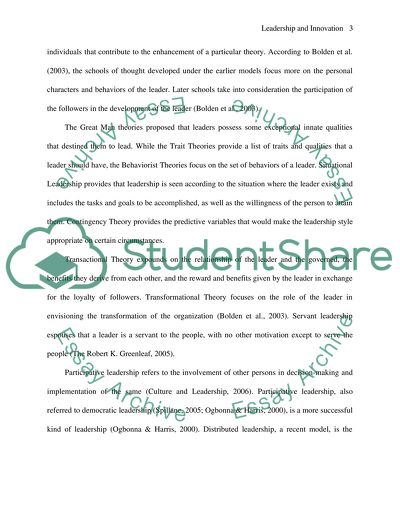Cite this document
(“Leadership & Innovation in public services Essay”, n.d.)
Retrieved from https://studentshare.org/environmental-studies/1413765-leadership-innovation-in-public-services
Retrieved from https://studentshare.org/environmental-studies/1413765-leadership-innovation-in-public-services
(Leadership & Innovation in Public Services Essay)
https://studentshare.org/environmental-studies/1413765-leadership-innovation-in-public-services.
https://studentshare.org/environmental-studies/1413765-leadership-innovation-in-public-services.
“Leadership & Innovation in Public Services Essay”, n.d. https://studentshare.org/environmental-studies/1413765-leadership-innovation-in-public-services.


